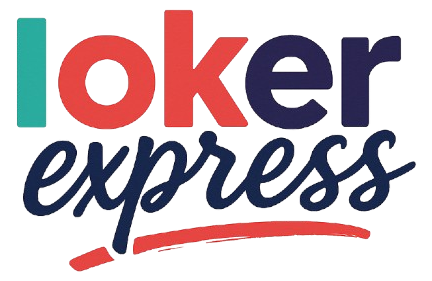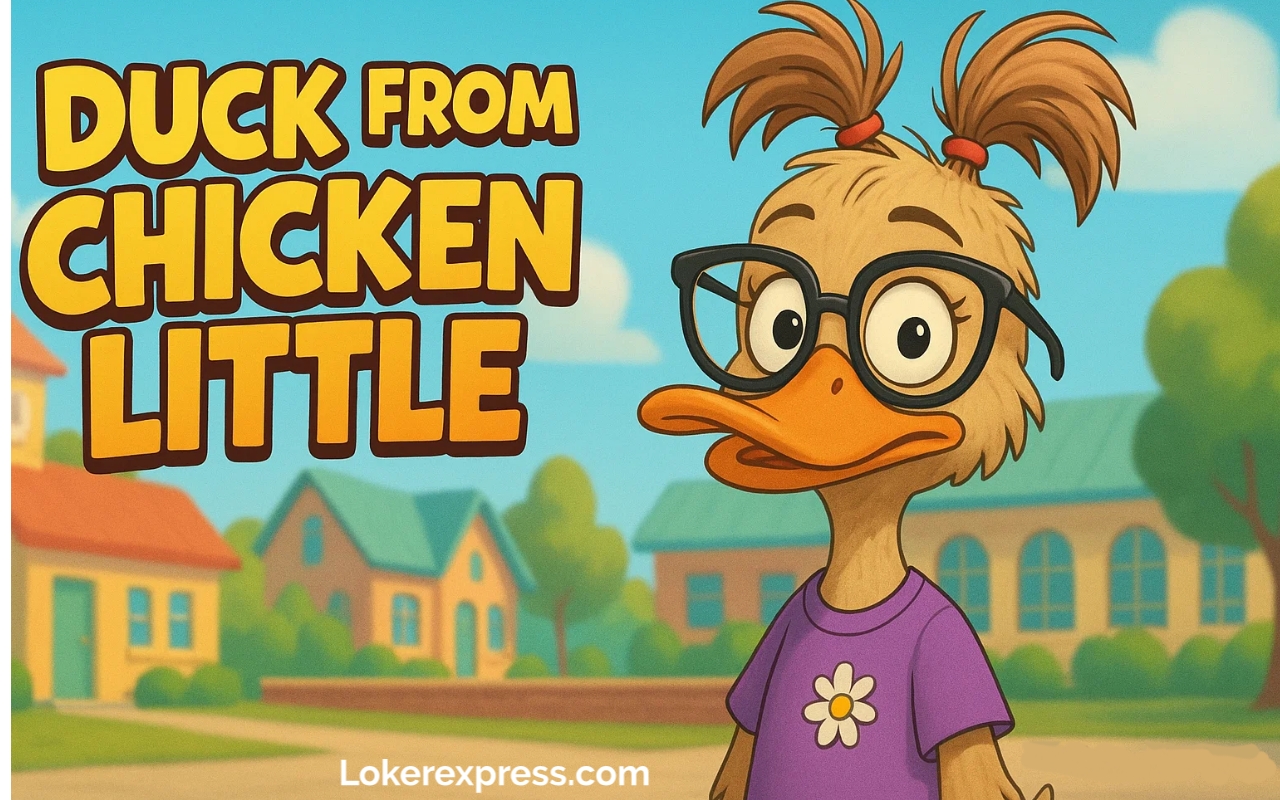Introduction
When it comes to memorable animated characters, the duck from Chicken Little—known as Abby Mallard—often flies under the radar. Yet, this quirky, intelligent, and emotionally grounded character plays a vital role in one of Disney’s most unique animated films. With her distinctive appearance, heartfelt personality, and the unforgettable voice performance by Joan Cusack, Abby brings warmth, wisdom, and wit to every scene she’s in.
While Chicken Little (2005) is centered around the misunderstood young rooster trying to redeem himself after causing a town-wide panic, it’s Abby who truly stands out as the heart and soul of the story. She’s more than a sidekick—she’s a catalyst for emotional growth, a symbol of self-acceptance, and a representation of how true beauty lies within.
In this deep dive, we explore everything there is to know about the duck from Chicken Little: her character design, personality, plot significance, cultural symbolism, and the voice acting that brought her to life. Whether you’re a fan of the film or just discovering Abby Mallard for the first time, this article uncovers why she remains one of Disney’s most underrated gems.
Who Is the Duck from Chicken Little?
The duck from Chicken Little is a character beloved for her humor, depth, and emotional support—her name is Abby Mallard, though she is often referred to as the “Ugly Duckling.” Introduced in Disney’s 2005 animated film Chicken Little, Abby plays a vital role as the best friend (and eventual love interest) of the title character. Set in the anthropomorphic town of Oakey Oaks, the film tells the story of Chicken Little, who believes the sky is falling and becomes the town laughingstock after causing mass panic. In the midst of that chaos, Abby remains his unwavering ally.
What makes Abby stand out isn’t just her species or nickname. As a duck, she represents the classic fairy tale of “The Ugly Duckling,” but in a new, modernized way. Unlike the traditional tale, Abby doesn’t transform physically—she embraces who she is, and that’s where her strength lies. She’s intelligent, loyal, witty, and emotionally mature beyond her years. Rather than serving as just a comedic sidekick, Abby contributes significantly to the narrative, offering Chicken Little emotional insight and practical advice that helps him rebuild his relationship with his father.
Character Design: A Quirky Yet Memorable Duck
Abby Mallard’s design is anything but conventional—and that’s entirely the point. Designed to reflect her nickname, “Ugly Duckling,” Abby features exaggerated characteristics: a slightly crooked orange beak, buck teeth, glasses, and tied-up feather tufts resembling pigtails. She wears a purple top with a daisy design and sports expressive eyes that communicate a full range of emotions, from empathy to frustration to enthusiasm.
Disney’s animators used her visual appearance to highlight her role as a misunderstood but ultimately lovable character. While Chicken Little is small and jittery, Abby is calm, collected, and expressive. Her design stands in contrast to other more symmetrical or “cute” characters, which helps reinforce the theme that beauty is found in character, not appearance.
In terms of animation technology, Abby was brought to life using cutting-edge 3D modeling tools of the early 2000s. The studio employed Maya for character modeling and custom rigs for facial expressions. Every movement—whether her enthusiastic gestures or subtle eye rolls—was crafted to reflect her complex personality. Her slightly offbeat appearance and the detailed animation that backs it up allow viewers to immediately understand that she’s unique in both look and spirit.
Abby’s Role in the Plot of Chicken Little
Though the film is named after Chicken Little, Abby plays a critical role in nearly every major scene. From the opening moments when the town reacts to Chicken Little’s panic, to the final battle with alien invaders, Abby is always nearby—offering support, asking the right questions, and moving the plot forward.
She first appears in the classroom, where she’s unafraid to speak her mind, suggesting Chicken Little needs to “try closure” with his father. This sets up one of the film’s central emotional arcs: the fractured father-son relationship between Chicken Little and his dad, Buck Cluck. Abby is not just a cheerleader but a catalyst for emotional growth.
Later, she helps Chicken Little prepare for the big baseball game, encouraging him to believe in himself and practice hard. Her support contributes directly to his game-winning moment, which briefly restores his reputation in the town.
But her biggest contribution comes during the alien invasion. While other characters panic or flee, Abby stands her ground. She helps decode the situation, strategizes with the team, and even takes on physical tasks like alerting the town by ringing the school bell. Her bravery and intellect under pressure make her indispensable to the resolution of the story.
Personality: Wise, Honest, and Endearing
Abby is often the emotional heart of the film. Her personality is a perfect blend of sensitivity, strength, and wit. She’s not afraid to be herself, even if others mock her appearance. While her classmates call her “Ugly Duckling,” Abby doesn’t let the label define her. She owns it, sometimes even joking about it, which makes her a powerful symbol of self-acceptance.
More than just a moral anchor, she’s also incredibly intuitive. Abby can read between the lines and isn’t afraid to challenge Chicken Little, especially when it comes to his emotional blind spots. Her famous line, “Stop the squawk and try the talk,” is more than clever wordplay—it’s a call for emotional maturity.
Her wisdom is balanced by moments of vulnerability. She clearly has feelings for Chicken Little, though she struggles to express them. These moments of hesitation make her even more relatable. She’s not a perfect, one-note character—she’s someone who has fears and insecurities but chooses to act courageously in spite of them.
Voice Acting: Joan Cusack’s Distinctive Touch
Abby Mallard wouldn’t be the same without the voice talents of Joan Cusack. Known for her roles in Toy Story (as Jessie), School of Rock, and numerous live-action comedies, Cusack brings a unique blend of humor, warmth, and vulnerability to the character. Her voice is immediately recognizable—slightly nasal, but full of heart—and it fits Abby’s personality to a tee.
Cusack’s voice work gives Abby an extra layer of depth. She delivers jokes with impeccable timing, conveys emotion without becoming melodramatic, and brings a natural cadence that makes Abby feel like a real person. She also nails Abby’s quirky moments, such as her awkward laugh or sudden bursts of insight.
What makes Cusack’s performance so special is its authenticity. You get the sense that she truly understands Abby’s role in the story—not just as comic relief, but as a character who carries real emotional weight. Her performance elevates the entire film, and it’s no surprise that Abby remains a fan-favorite largely because of the voice behind her.
Behind the Scenes: Evolution of the Character
Interestingly, Abby wasn’t always the character we know today. In earlier drafts of Chicken Little, the Ugly Duckling was originally written as a male character. Disney initially considered casting actor Sean Hayes for the part, but the creative team ultimately decided to change the character to a female role to create a more balanced dynamic.
Once that decision was made, several actresses were considered, including Jodie Foster and Sarah Jessica Parker. But it was Joan Cusack who ultimately landed the role. Her audition stood out for its emotional range and comedic timing.
The change from male to female turned out to be a smart creative move. It allowed the film to explore a subtle romantic arc and introduced a level of emotional intelligence that may have been harder to convey with a more slapstick character. Abby became more than just a friend—she became Chicken Little’s emotional compass.
Cultural Symbolism: The Ugly Duckling Reimagined
Abby Mallard is a modern reinterpretation of the classic “Ugly Duckling” tale. But unlike the original story, where the duckling transforms into a beautiful swan, Abby’s arc is not about changing her appearance—it’s about embracing it. This modern twist sends a powerful message to young viewers: you don’t have to change who you are to be accepted or valuable.
Her character also reflects a broader cultural shift in children’s storytelling. Instead of presenting idealized, flawless characters, Chicken Little offers someone awkward, genuine, and brave. Abby’s quirks don’t hold her back; they make her stronger. She teaches viewers that confidence, intelligence, and kindness are what truly matter.
In many ways, Abby is ahead of her time. Long before Disney’s focus on inclusivity and complex female leads became mainstream, Abby was already challenging stereotypes and offering an alternative to the traditional “princess” model.
Fan Reception and Lasting Impact
Since Chicken Little’s release, Abby Mallard has become something of a cult favorite. While the film received mixed reviews overall, Abby consistently stood out in fan discussions and retrospectives. Many viewers connected with her honesty, her emotional intelligence, and her bravery.
She has appeared in related media, including video games and short spin-offs, and fans often cite her as one of the most underrated Disney characters. On platforms like Tumblr, Reddit, and Twitter, Abby is celebrated for her realism and relatability.
Her legacy has even reached beyond Chicken Little. In 2023’s Once Upon a Studio, Abby appears as part of a celebration of Disney’s animation history, further cementing her place in the canon of memorable characters.
Read More: Explore WordHippo 5 Letter Word Search to Improve Your Spelling Skills
Final Thoughts: Why Abby Mallard Still Matters
Abby Mallard, the duck from Chicken Little, is far more than a secondary character. She is a vital part of the film’s emotional arc, a symbol of self-acceptance, and a beacon of emotional intelligence in an animated world often dominated by superficiality. Her design, voice, and personality combine to create a multi-dimensional character who resonates deeply with audiences of all ages.
In a film filled with flying acorns, alien invasions, and father-son tension, it’s Abby who keeps everything grounded. She reminds us that real strength lies not in size or popularity, but in compassion, courage, and being unapologetically yourself.

